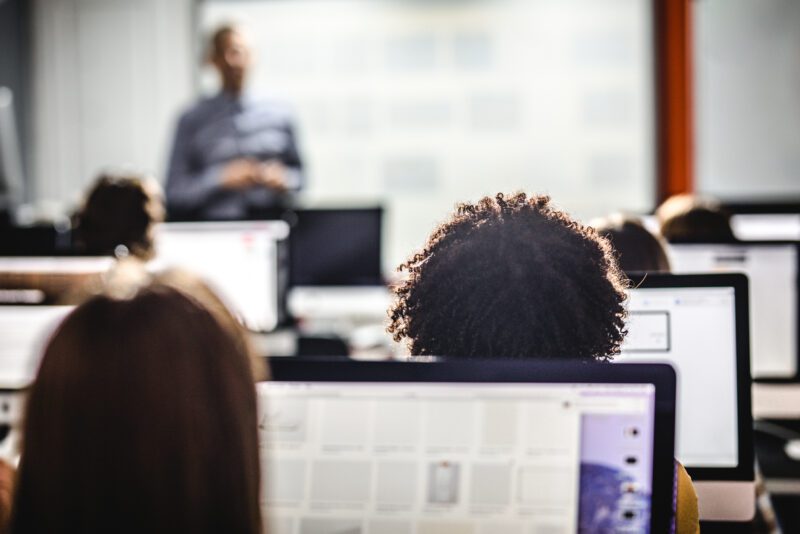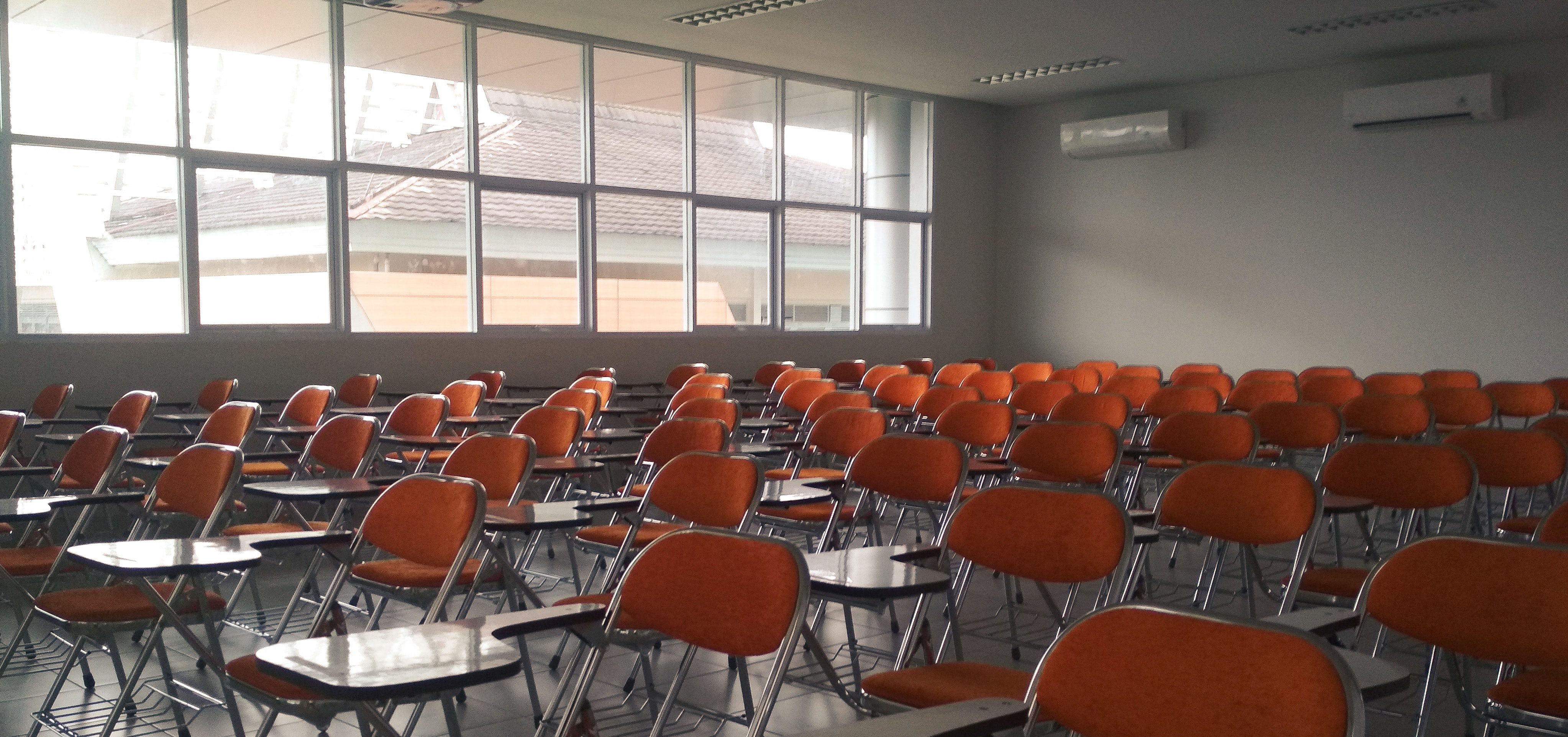Temporary ‘blip’ or permanent ‘flip’ — Which approach is your school taking?
COVID-19 has changed everything. We are trying to figure out just how much.
A pandemic continues to run amok and there are now over one billion students who need to stay at home to help contain and slow the spread. As a result, school leaders have been called upon to make short-notice and high-risk decisions about how to best manage the situation and it should not come as a surprise that schools have gone about this in very different ways.
In a clear testament to the quality of educational leaders, schools have risen to the challenge and found solutions to provide continuity of schooling. This is mostly centred around digital platforms facilitating ‘distance’ or ‘remote’ learning.
The problem is that remote learning was not something that schools were expecting to have to use for full-time education, nor so suddenly. It’s not the primary choice for schools or their stakeholders and has challenged even the most well-resourced schools to effectively support their learners.
This is certainly one of the most significant change management movements to have ever occurred in education, so, without trying to underplay the remarkable achievement of many schools to provide a home learning solution, we wanted to share what we are seeing across the edu-scape.
In broad terms, schools fall into one of two camps, which we describe as ‘blip’ or ‘flip’ schools (though there are outliers, of course).
‘Blip’ schools – focused on an immediate solution
Some schools see this situation as a temporary ‘blip’ in normal practice. In such schools the immediate focus has been on achieving a minimal viable infrastructure to support remote access for students, that is literally just providing remote access to learning materials and to teachers. Typical ‘blip’ teaching and learning models here are heavily content-based, teacher-led and are anchored around a hyperactive homework loop. When collaboration takes place between teachers it is generally focused on overcoming technical issues and providing digests of work to be covered. In this space, we can often forget that just because a student is being kept busy, it does not necessarily mean that they are making good progress.
However, it is evident that once the novelty of the intervention has worn off, many students working at home start to become bored with their diet of daily tasks, many parents quickly start to resent the amount of time required to support this approach to daily learning, and teachers are exhausted from excessive task setting, increased feedback and marking and endless hours of screen time.
All of this is logged and monitored through the learning platforms to provide ‘big data’ analysis, which may create greater pressure for both student and teacher to log hours, but may result in greater resentment and discontent if the content is not purposeful and fulfilling. The actual learning taking place is minimal at best, absent at worst.
The rhythm and structure of each student’s day remain roughly the same, with the key difference being that it is now delivered via video conference with a thin social learning context. Post-COVID-19, we anticipate that these ‘blip’ schools will feel assured they have the technology and know-how to cover this kind of emergency again and supplement it where necessary, but they will return back to their preferred and trusted education model when the crisis is over. It is quite possible their future focus will be in implementing improved hardware, but this will not impact the further development of their digital pedagogy.
‘Flip’ schools – focused on a sustainable solution
We have also seen lots of schools deciding to go well beyond remote access and towards remote learning; the huge difference between them we will explain below. These schools have recognised the need to modify their approaches to teaching and learning to ensure that students continue to feel connected, engaged and that they’re making progress. Contrary to ‘blip’ schools, these schools have flipped their learning model to ensure that students can lead their learning, with the teacher able to act in the role of coach, mentor and facilitator, rather than just the person who introduces content. This also enables the teacher to have the time and space to target students who most need their support.
Within and between schools that have flipped their learning model, teachers are sharing ideas and approaches to constantly push the boundaries of what is possible and what has the most advantageous impact on student learning. We anticipate that when the COVID-19 pandemic subsides these schools will continue to pursue the advantages of blended learning pedagogies, in which both synchronous and asynchronous teaching and learning approaches lead to enhanced personalisation and improved student outcomes.
Learning in a time of Corona
It is very hard to predict how long this pandemic will last, how long schools will remain closed and our society in lockdown. The scenario of 18-24 months of ‘suppression and release’ is one taken seriously by the many governments – this means schools should expect to be opened and closed for protracted periods of time depending on their local circumstances. If this is indeed the case, there will be a tremendous pressure on school leaders to consistently refine their remote learning solutions as students, teachers and parents seek to sustain and maintain learning, engagement and progress.
Schools will need to find approaches to ensure that the remoteness of remote learning doesn’t impact student wellbeing and mental health and that the social aspect of learning is still nurtured and promoted.
Learning in a time of Corona is challenging the robustness of our pedagogical beliefs, our relationship with technology and our educational systems. Could those schools who see this crisis as an opportunity to flip their approach to embrace quality student-led remote learning find themselves at an advantage over their ‘blipping’ peers? Is there a risk that through inaction, some institutions will be left behind and find themselves on the wrong side of an educational paradigm shift?
When the dust settles, we will be in a new educational reality. What do you think it will be?
Sign up to our newsletter to get our latest articles and information sent to you:
[pardot-form height=”250″ id=”10215″ title=”Newsletter – Sign up – Damian/Jon”]


